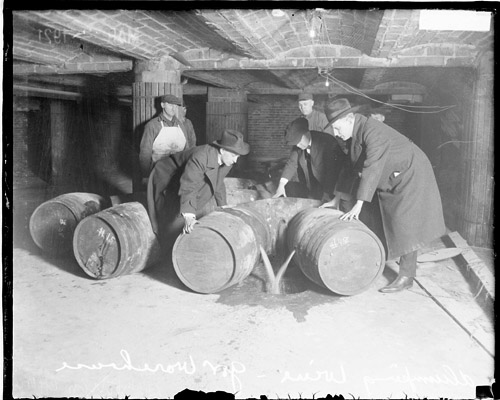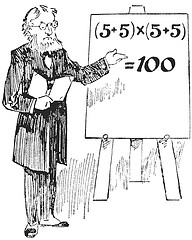
A letter to the Seattle Bureau of Prohibition, Sept. 12, 1931:
Dear Sir:
My husband is in the habit of buying a quart of wiskey every other day from a Chinese bootlegger named Chin Waugh living at 317-16th near Alder street.
We need this money for household expenses. Will you please have his place raided? He keeps a supply planted in the garden and a smaller quantity under the back steps for quick delivery. If you make the raid at 9:30 any morning you will be sure to get the goods and Chin also as he leaves the house at 10 o’clock and may clean up before he goes.
Thanking you in advance, I remain yours truly,
Mrs. Hillyer




